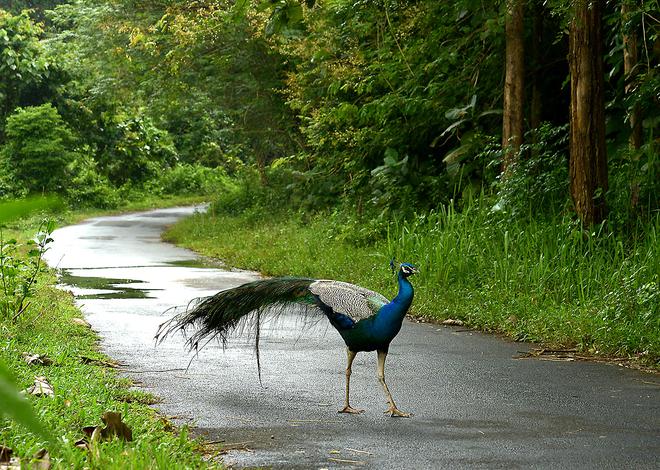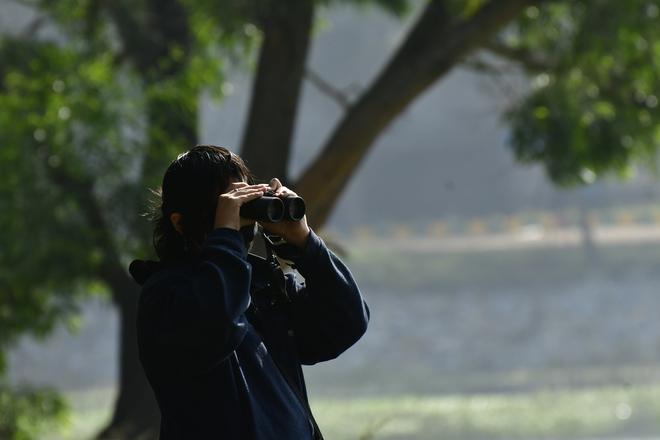In the dead of night on May 13, 2022, birder Sundar Muruganandan heard the Indian nightjar. The call, a distinctive ‘chonk, chonk’, was music to his ears. He was waiting to hear the bird, among other nocturnal birds such as the owl, at a forest bunglow on the outskirts of Coimbatore, and document it on the eBird mobile application. He, along with his team of three, was participating in birding as part of Endemic Bird Day. “We ranked first in Tamil Nadu for recording 140 species over a single day, and were among the top 10 in India,” recalls the 61-year-old entrepreneur.

In India, May 13 is observed as Endemic Bird Day by Bird Count of India, and the world over, it is the Global Big Day in which people document as many bird species as they can over a period of 24 hours. In its ninth edition currently, the event will see birders in India document endemic birds — those that are local to a particular geographical location — on the eBird platform.
“This exercise gives a snapshot of what species of birds can be seen in one day,” says P Jeganathan, a birder with the Tamil Birders Network, based in Tiruppur. “Birders set out with a plan; for instance, if they are in the Nilgiris, they know they will spot the black and orange flycatcher or the Nilgiri laughing thrush,” he says.

Coimbatore birder K Selvaganesh plans to cover different terrains such as grasslands, evergreen forests, thorny forests, and waterbodies. The 32-year-old has been participating over the past five years, and is also keen to cover the foothills of the Western Ghats this time. As someone who grew up in Coimbatore, Selvaganesh says the common mynah, rose-ringed parakeet, and rock pigeon are the species that can be spotted without much effort in the city.
eBird lists 232 endemics in South Asia, which includes birds such as Malabar trogon, crimson-throated barbet, Himalayan woodpecker, and Indian pitta. Last year, the most commonly spotted endemic species were the Indian peafowl, followed by ashy prinia, and Indian robin.

Jeganathan explains that last year, he travelled downhill from the Nilgiris to the city, noting down all the species he encountered along the way. “Since we set out looking forward to a particular species, there is excitement when we spot the same,” he points out, adding on a lighter note: “The day can be likened to a festival during which it is considered auspicious to do certain things.”
Some birders take it up a notch by planning ahead. Sundar says that his team, that also comprised his eight-year-old grandson, started at 12am on May 13 last year, armed with a list and knowledge backed by years of birding. At night, they had their years pricked up for bird call. “We noted down nocturnal birds this way,” he says. They were birding till 1am, and were up with the birds at 5am, all set to head out.







